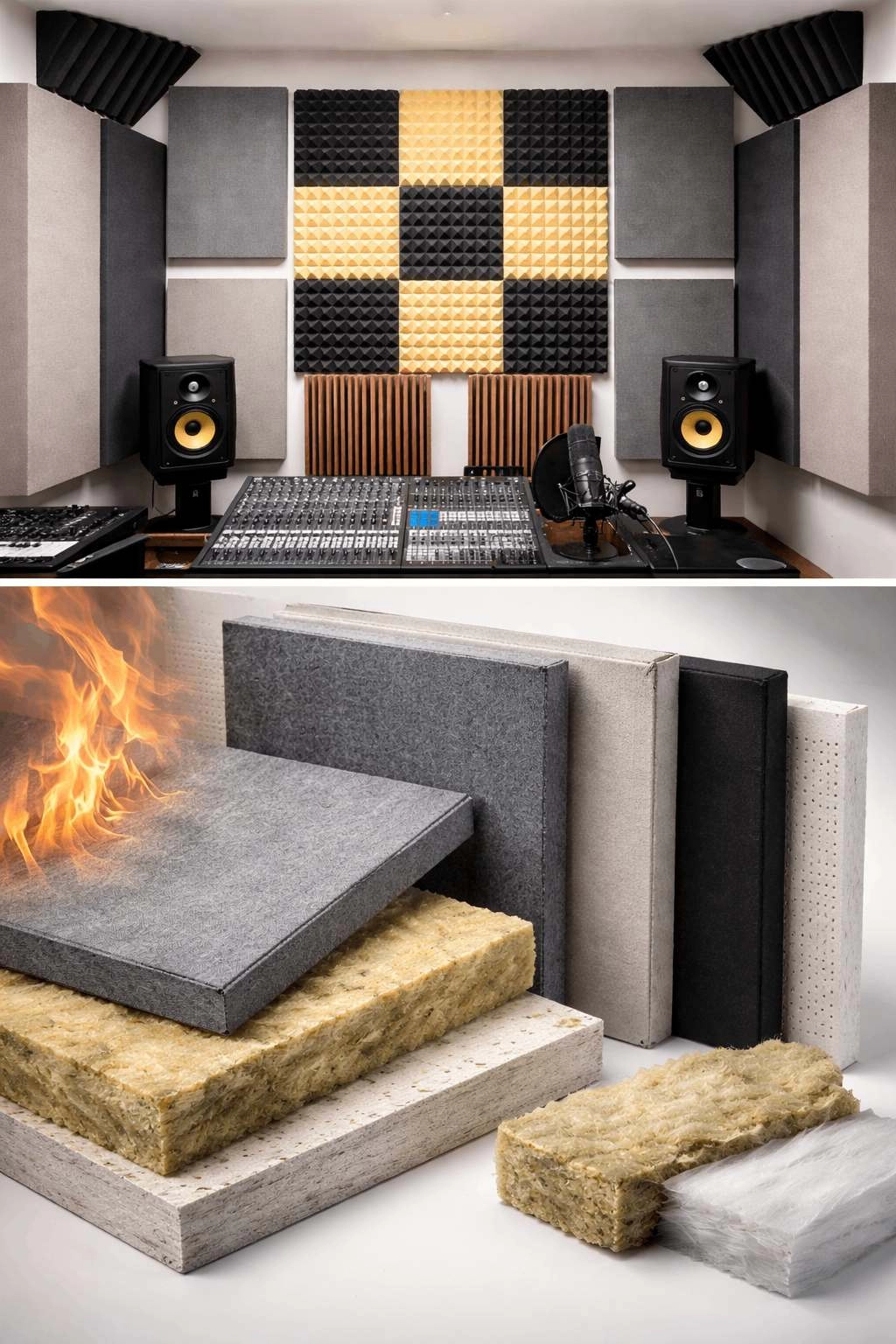In today's world, LED lighting has become increasingly popular due to its energy efficiency and long lifespan. However, with a wide range of LED wattages available, it can be challenging to determine the appropriate wattage for your specific lighting requirements. In this blog post, we will delve into the factors to consider when selecting the right LED wattage, ensuring you make an informed decision that meets your needs while optimizing energy consumption.
- Understanding LED Wattage:
LED wattage refers to the amount of power consumed by the LED bulb. Unlike traditional incandescent bulbs, where higher wattage meant brighter light, LED technology is more efficient, producing the same brightness with significantly lower wattage. It is crucial to understand this distinction to make an informed choice. - Assessing Lighting Requirements:
To determine the appropriate LED wattage, it is essential to evaluate your lighting requirements. Consider factors such as the room size, purpose, and desired ambiance. For instance, a brightly lit workspace may require higher wattage, while a cozy living room may benefit from lower wattage for a more relaxed atmosphere. - Lumens: The Brightness Factor:
While wattage measures power consumption, lumens indicate the brightness of an LED bulb. To ensure you choose the right LED wattage, it is crucial to consider the desired level of brightness. A higher lumen count corresponds to a brighter light output. Online lighting calculators can help you estimate the required lumens based on room size and function. - Color Temperature:
Color temperature plays a vital role in creating the desired ambiance. It is measured in Kelvin (K) and determines whether the light appears warm or cool. For a cozy atmosphere, opt for lower color temperatures (2700-3000K), while higher temperatures (4000-5000K) are ideal for task-oriented areas like kitchens or offices. Understanding color temperature will guide you in selecting the right LED wattage to achieve the desired lighting effect. - Energy Efficiency:
One of the primary advantages of LED lighting is its energy efficiency. Higher wattage LEDs consume more power, resulting in increased energy costs. By choosing the appropriate wattage, you can optimize energy consumption without compromising on lighting quality. Consider the balance between brightness and energy efficiency to make an environmentally conscious decision. - Dimming Capabilities:
If you desire adjustable lighting levels, consider LED bulbs with dimming capabilities. Not all LED bulbs are dimmable, so ensure compatibility with your existing dimmer switches or invest in dimmer-compatible LEDs. Dimming allows you to customize the brightness according to different activities or moods, further enhancing the versatility of your lighting setup.
Conclusion:
Selecting the right LED wattage is crucial to achieving optimal lighting in any space. By understanding the relationship between wattage, lumens, color temperature, and energy efficiency, you can make an informed decision that meets your specific needs. Remember to consider the room size, purpose, desired ambiance, and dimming requirements to create a well-lit environment that enhances both functionality and aesthetics while minimizing energy consumption.








+ There are no comments
Add yours